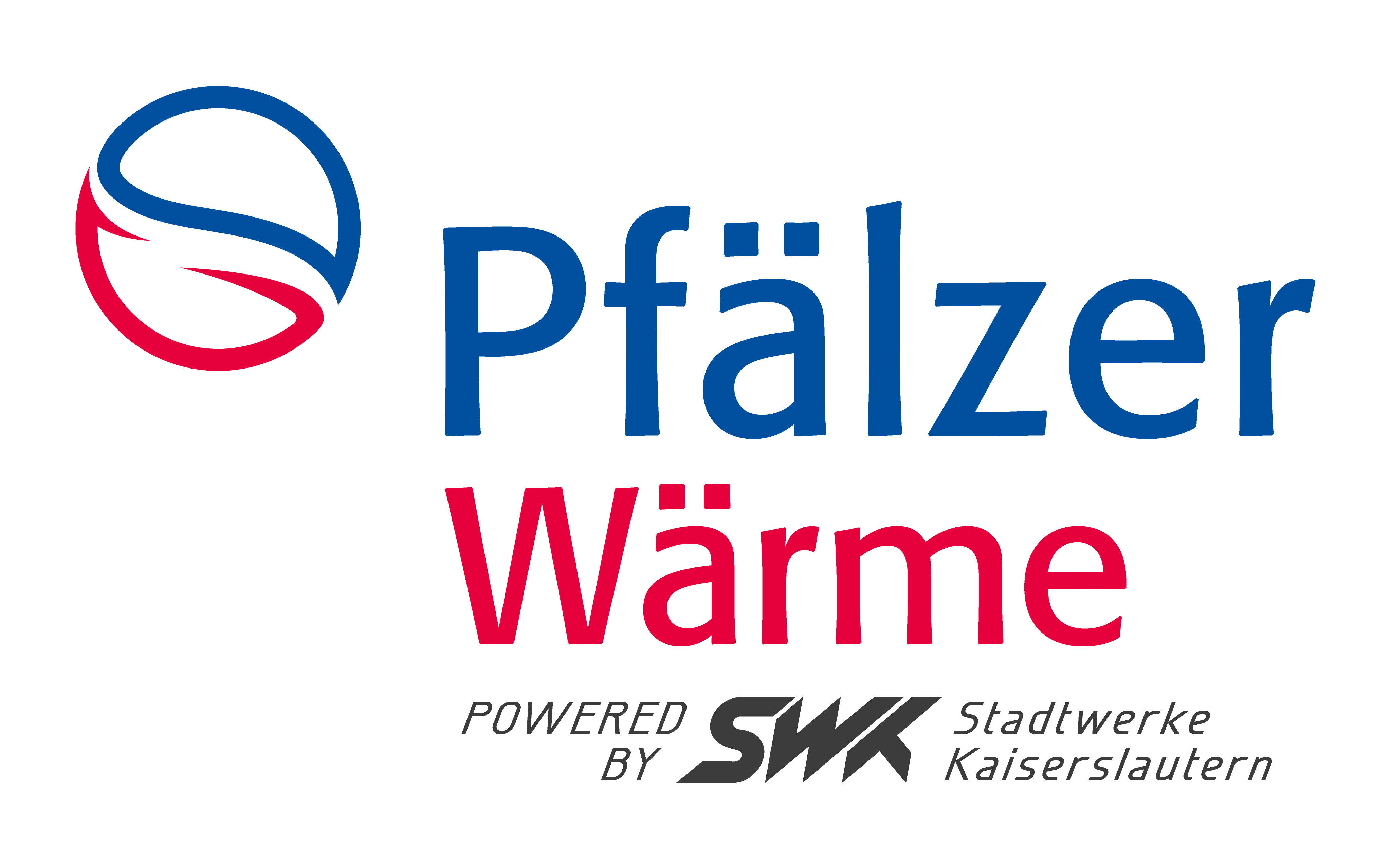Financing
In recent years, various funding structures for geothermal energy have been created to support municipal providers in contributing to the services of general interest with a sustainable, geothermal heat supply. The Federal Ministry for Economic Affairs and Climate Protection has already defined key points for a geothermal campaign in 2022. In order to achieve the goal, defined here of tapping into a geothermal potential of 10 terawatt hours by 2030, the initiative includes several key factors: a dialog process, data collection campaign, exploration campaign, acceleration of approval procedures, funding programs (BEW, EEW, exploration program), risk mitigation, social acceptance, availability of skilled workers, and the necessary exploration and drilling rigs.
Federal Funding for Efficient Heating Grids (BEW)
The aim of BEW funding is to support the decarbonization of existing grids and the construction of new heating grids that are predominantly fed by renewable energy sources. For this reason, geothermal plants for heat generation whose energy is to be fed into heating grids are subsidized with up to 40 percent of the investment costs.
The Federal Funding of Energy and Resource Efficiency in the Economy (EEW)
KfW Bankengruppe (KfW) supports measures through “Module 2: Process heat from renewable energies”, which includes promotional loans of up to EUR 100 million and up to 60 % repayment subsidies. In addition to feasibility studies, which deal with the implementation of further exploratory measures such as seismic exploration, economic feasibility studies or cost estimates, the construction and commissioning of geothermal plants is also supported. The last point includes planning services, drilling, and the construction of a heating center. Additionally, any large heat pumps required to raise the temperature of deep water to the required level for district heating grids are also eligible for EEW funding.
Federal Funding for Exploration Measures (exploration program)
The Federal Ministry for Economic Affairs and Climate Protection also provides funding for exploration measures for heating projects in areas that have been less explored to date and where a positive forecast can be expected as part of the key issues paper. “Established technologies”, such as 3D seismic, must be used for exploration, and the implementation must be accompanied by a research program. Funding for seismic exploration and the first borehole can cover up to 50 % of the costs. However, the exploration program cannot be combined with the BEW.
